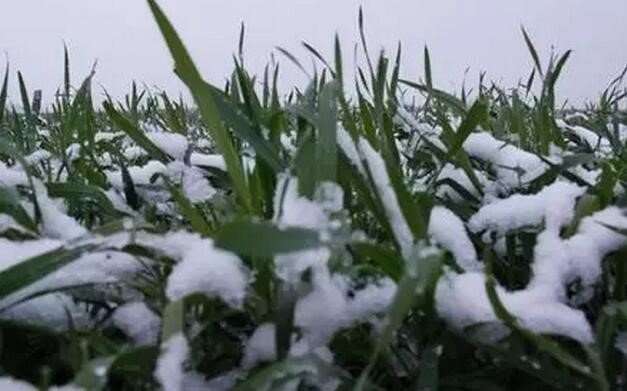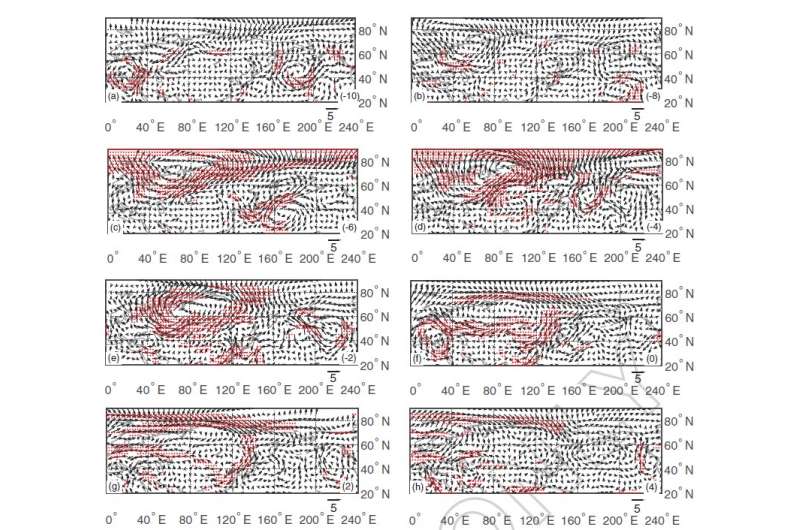Scientists reveal spring cold spells that reduce crop yields

North China (35 degrees -40 degrees N, 110 degrees -120 degrees E) is a major region in China for winter wheat agriculture. The reviving, jointing and booting stages of winter wheat mainly happen in the spring. Spring cold spells in North China, hereafter referred to as "extreme spring cold spells" (ESCSs), have significant influence on crop yields in this region, though little attention has been paid to the issue previously
In a recently published study in Atmospheric and Oceanic Science Letters, Prof. Yali Zhu from Institute of Atmospheric Physics at Chinese Academy of Sciences reveals that when an ESCS happens over North China, continuous negative temperature anomalies can have disastrous effects on the wheat yield, inducing yield losses of up to 20 percent or more. With warm winters becoming more frequent under global warming, the negative effects of ESCSs on crop yields may become more obvious. Thus, to better understand North China ESCSs and provide helpful information for their prediction, this study investigated the features of ESCSs over the past several decades.
During March-May, when the daily temperature remains at least 3 degrees C lower than the climatological daily mean in a continuous five-day period, an ESCS is identified. During 1961-2014, 21 ESCS events were identified. During an ESCS, northern Eurasia is controlled by large-scale positive sea level pressure (SLP) anomalies and an anomalous anticyclone that continuously transport northern cold air to North China, causing significant, persistent, lower-than-normal daily temperatures. In fact, these positive SLP and anticyclonic wind anomalies begin to appear over northwestern Europe about 10 days prior to the ESCS. The anticyclonic wind anomalies keep moving southeastward and expand to the west of Lake Baikal until two days before the ESCS. Then, the center of the anomalous low-level anticyclone moves over Lake Baikal, inducing northerly wind anomalies that transport cold air into North China. In the following days, as the positive SLP anomalies weaken, the anomalous anticyclone and related northerly winds appear to wane, and the ESCS gradually comes to an end.
"The results may prove meaningful for the prediction and early warning of ESCSs." Says Zhu.

More information: ZHU Ya-Li et al, Extreme spring cold spells in North China during 1961–2014 and the evolving processes, Atmospheric and Oceanic Science Letters (2018). DOI: 10.1080/16742834.2018.1514937
Provided by Chinese Academy of Sciences



















